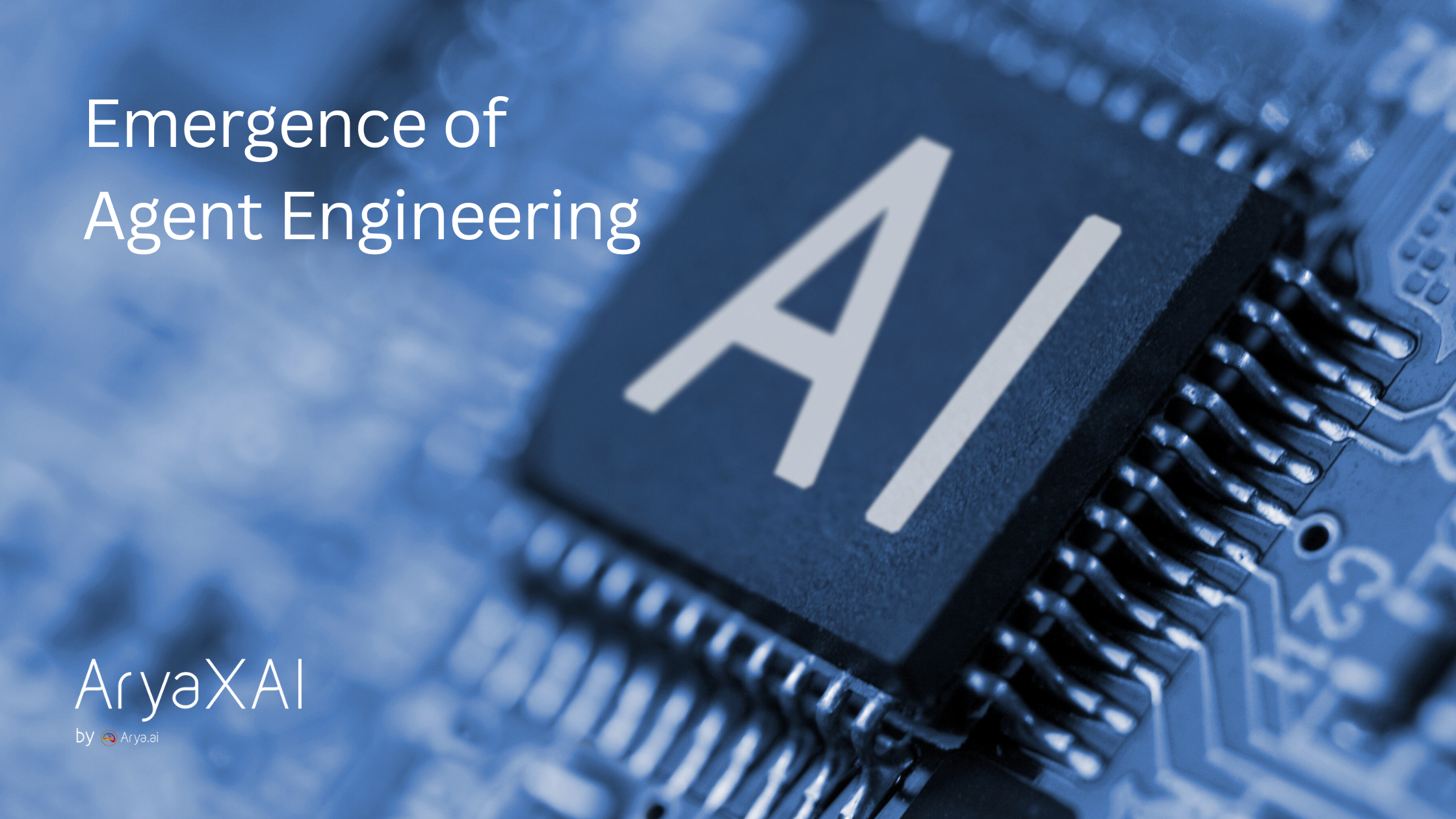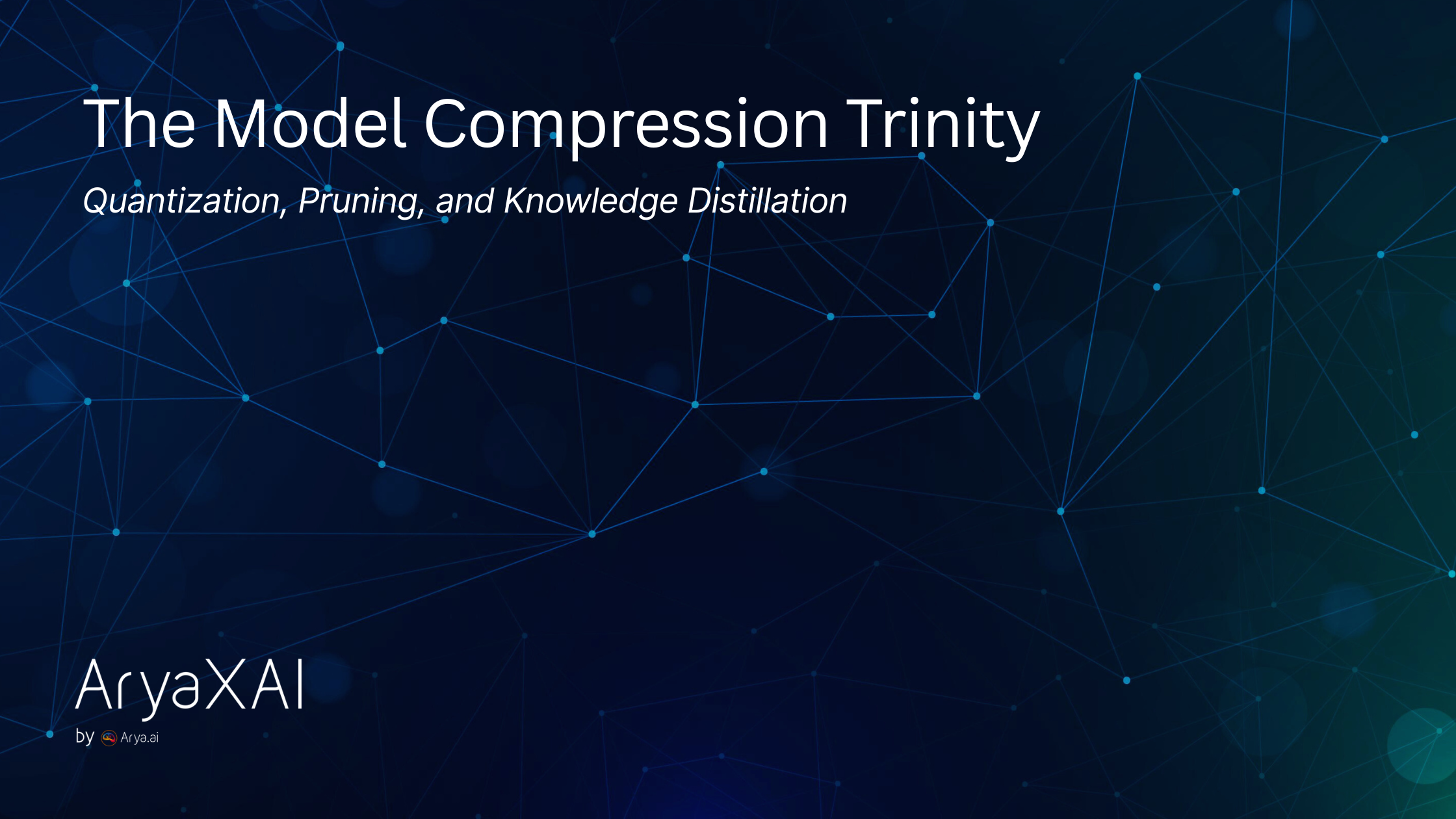Explainable AI (XAI): The Definitive Guide to Evaluating AI Agents
6 minutes
July 31, 2025
%20for%20AI%20Agents%20%20-%20AryaXAI%20Blog.png)
Key Takeaway (TL;DR): As enterprises deploy AI agents in high-stakes environments, traditional performance metrics like accuracy are no longer sufficient. The new standard for evaluation is built on AI transparency, which is achieved through Explainable AI (XAI). This guide outlines a modern framework for assessing AI agents across their technical, behavioral, and human-centric dimensions to ensure they are effective, safe, and trustworthy.
A New Era of Accountability for AI Agents
AI agents are rapidly moving from research labs into the core of enterprise operations. These autonomous agents are now making critical decisions in customer support, financial analysis, and supply chain logistics. Unlike static models, an intelligent agent must perceive, reason, and adapt in dynamic, real-world scenarios. This leap in capability demands an equal leap in how we evaluate them.
Conventional metrics fall short because they can't capture the complexity of an agent's long-term behavior or its alignment with human intent. True evaluation requires deep visibility into the why behind an agent's actions. This is where Explainable AI (XAI) becomes the cornerstone of modern assessment, providing the AI transparency needed to build trust and ensure compliance.
This blog introduces a new framework for evaluating an agent in AI, moving beyond simple success rates to a holistic approach grounded in XAI.
What is Agentic Observability and Its Role in AI Transparency?
Agentic Observability is the practice of continuously monitoring and interpreting the internal states and external behaviors of an AI agent. It moves beyond surface-level outputs to answer deeper questions: Why did the agent AI choose a specific action? Is its learning process sound? Is its behavior drifting away from its original goals?
This is where Explainable AI (XAI) shifts from a theoretical concept to a practical necessity. While traditional software observability relies on logs and metrics, agentic observability uses XAI methods to illuminate an agent’s goals, decision paths, and reasoning. For any organization in a regulated industry, this level of transparency in AI is not just beneficial—it's essential for debugging, risk mitigation, and building safe, trustworthy autonomous systems.
Why Traditional Metrics Fail for Autonomous Agents
Evaluating a traditional supervised learning model was straightforward. Using a held-out dataset, you could rely on deterministic metrics like F1-score or accuracy. These models are passive predictors.
In stark contrast, AI agents are active decision-makers in open-ended environments. Their performance cannot be captured on a static spreadsheet. A modern evaluation must assess:
- Goal Achievement: Did the agent successfully complete its complex, multi-step task?
- Behavior Under Uncertainty: How did the agent handle ambiguous instructions or incomplete data?
- Interaction Quality: How effectively did the agent in artificial intelligence communicate with users or other systems?
- Adaptability & Safety: Can the agent adjust to new scenarios without compromising safety or ethical guidelines?
Answering these questions requires a multi-dimensional evaluation framework powered by Explainable AI.
The Three Dimensions of Modern AI Agent Evaluation
To effectively assess AI agents, organizations must adopt a holistic, three-dimensional framework. AI transparency is the thread that connects them all.
1. Task-Level Evaluation: Measuring Goal Completion and Efficiency
At a basic level, an agent is deployed to achieve an outcome. This evaluation layer measures its direct success.
- Success Rate: How often does the agent achieve its primary objective?
- Efficiency: How quickly and resourcefully does it complete the task?
- Coherence: In multi-turn interactions, does the agent maintain logical consistency and remember context?
2. Behavioral Evaluation: Understanding the "How" with XAI
This dimension looks beyond what the agent did to how it did it. This is impossible without Explainable AI methods.
- Decision Alignment: Do the agent's actions and strategies align with organizational values and user intent?
- Failure Mode Analysis: What are the patterns in the agent’s mistakes? Is there a traceable flaw in its reasoning?
- Exploration vs. Exploitation: Does the agent innovate or simply rely on what has worked before, potentially missing better solutions?
3. Human-Centric Evaluation: Ensuring Trust and a Positive Experience
Since AI agents frequently interact with people, their success depends on human perception.
- Trustworthiness: Do users feel confident in the agent's recommendations and actions?
- Explainability: Can a non-technical user understand why the agent made a specific decision? This is a direct output of XAI.
- User Satisfaction: What is the overall user experience? Feedback loops and surveys are crucial here.
Building systems that excel in this third dimension is key to user adoption and long-term success. To see how we prioritize user trust in our designs, you can learn more about AryaXAI’s mission.
Key Explainable AI Methods for Agent Evaluation
Evaluating the dynamic behavior of an agent in AI requires advanced techniques. Many of these are practical applications of Explainable AI methods designed to probe, test, and understand complex systems.
- Simulation Testing (Sandboxing): Creating high-fidelity simulated environments is a core explainable AI example. It allows teams to test how an agent responds to stress, edge cases, or adversarial inputs in a risk-free setting, revealing its underlying logic.
- Adversarial Testing: This method intentionally introduces difficult or misleading scenarios to expose vulnerabilities in an agent's reasoning. It is critical for ensuring robustness in high-stakes applications like finance and healthcare.
- Trajectory Analysis: By examining the historical logs and decision paths of an agent, teams can retrospectively analyze its behavior. This is vital for post-incident audits and ensuring compliance in regulated industries.
- Reward Model Audits: Many types of AI agents are trained with reinforcement learning. However, reward functions can be "gamed." Auditing the reward model ensures the agent is optimizing for the true goal, not a poorly defined proxy.
Building a Continuous Evaluation Pipeline with XAI
Evaluating an AI agent is not a one-time event; it must be a continuous process. Because agents learn and operate in ever-changing environments, a robust evaluation pipeline is essential for maintaining performance, safety, and alignment.
At the heart of this pipeline is real-time monitoring powered by XAI tools. Dashboards should not only show success rates but also provide AI transparency into an agent's behavior, flagging anomalies or deviations from expected reasoning paths.
Key components of this pipeline include:
- Automated Feedback Collection: Systematically capture user ratings, comments, and escalation outcomes to create a rich dataset for qualitative analysis.
- Automated Retraining Triggers: Set thresholds based on error rates, negative user feedback, or detection of out-of-distribution scenarios to automatically trigger retraining and prevent model drift.
- Governance Oversight: Embed compliance, legal, and ethics stakeholders into the loop. Regular audits and transparent change logs are crucial for accountability.
This closed-loop system, where production feedback continuously informs design and risk management, is the foundation of trustworthy AI. Modern MLOps and AgentOps platforms are essential for building such a pipeline. To see how these platforms provide the necessary visibility, explore AryaXAI’s product offerings.
Conclusion: The Future of Evaluation is Explainable AI
AI agents represent the next wave of intelligent software. As their autonomy grows, so does our responsibility to evaluate them meaningfully. The shift from static models to self-governing agents demands a profound commitment to understanding their architecture, actions, and impact.
True evaluation is impossible without AI transparency, and transparency is impossible without the right tools and frameworks. By investing in a holistic evaluation strategy anchored in Explainable AI (XAI), organizations can ensure operational excellence, build long-term user trust, and scale confidently in the era of autonomous systems.
Ready to bring true AI transparency and robust evaluation to your AI agents? Contact us to schedule a demo and discover how our platform can help you build trust from day one.
SHARE THIS
Discover More Articles
Explore a curated collection of in-depth articles covering the latest advancements, insights, and trends in AI, MLOps, governance, and more. Stay informed with expert analyses, thought leadership, and actionable knowledge to drive innovation in your field.

Is Explainability critical for your AI solutions?
Schedule a demo with our team to understand how AryaXAI can make your mission-critical 'AI' acceptable and aligned with all your stakeholders.
























